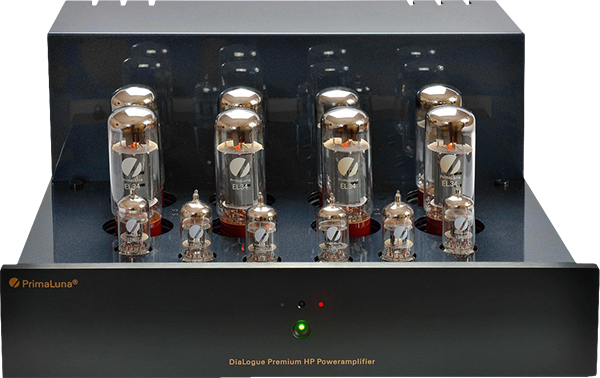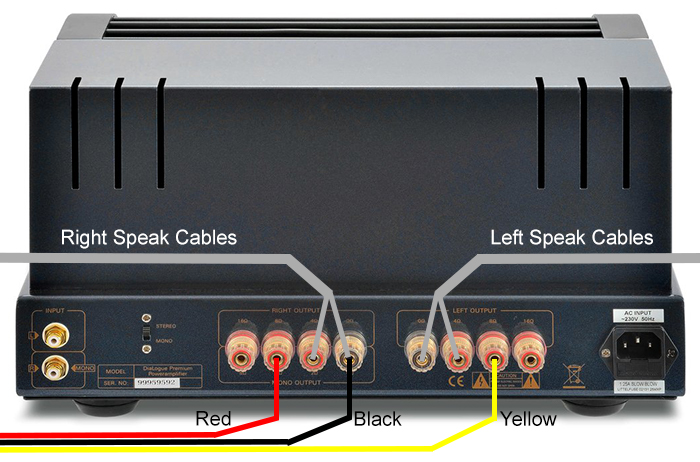Blog
Tu(be) or Not Tu(be)

There’s just something about tubes that are incredibly wonderful. Whether it’s the lovely orange glow from the power tubes, or the classic retro styling of many tube amplifiers or the lovely, harmonically rich sound of good tube amps. Whatever lights your fire, tube amps—even for those of us who mostly fire up electrons in a solid state–are fantastic. And when it comes to adding a REL or two to your tube rig, there’s a trick you need to know.
First, understand that tube amplifiers don’t actually want to drive your speakers. They prefer the easier-to-drive impedance that their transformers provide. Think of it this way, the closer to 0 ohms a speaker load gets, the closer your amp is to driving a dead short. Tubes like to see around 30-50 ohms, speakers are down in the 4-8 ohm range. Which one is closer to a dead short? The speaker. So tube amps have this wonderful trick; they use an output transformer–the big heavy blocks at the rear of tube amps—which is nothing more than a lot of wire wound around an iron core. The whole purpose of this big coil, an output transformer, is to give the tubes a nice comfy impedance to drive, and thence on to your speakers. The transformer is like a warm wading pool placed between a hot tub and a cold swimming pool.
Most transformers usually give you a few choices of impedance to better mirror your speaker’s behavior. Typically, 4, 8, and 16 ohms are available. Own a pair of Magnepans with a 4 ohm load? No problem, connect your speaker wires to the connections labelled 4+ and ground and off you go. You traded those Maggies in for a pair of KEFs closer to 8 ohms? No problem, connect your wires to 8+ and ground (or 0 ohms).
But what if my speakers are 4 ohm speakers, like the Magnepans you mentioned? Shouldn’t I connect the speaker cables to the 4 ohm tap and ground on my amp? Yes you should, AND you should simultaneously connect the REL’s High Level Connections to 8 ohm+ and ground. Your amplifier will deliver simultaneously, with no load or drain by doing so, signal to both your speakers and the REL.
Here’s the trick for connecting your REL to a tube amp. Always connect your REL’s High Level Cable—no matter the impedance you choose for your main speakers–to 8 ohms or higher on the rear of your tube amplifier. Through decades of the industry referencing its measurements to an 8 ohm standard, your REL’s input gain is set to have the right amount of gain (rate of loudness at which volume increases) at 8 ohms. In fact, sometimes, for example with very high efficiency speakers (assuming your tube amp supplies this choice) we select 16 ohms since the higher the impedance (16 is higher than 8), the louder the gain setting on the REL. We have a link to a nice diagram at the right of this to show you exactly how to wire your tube amp and REL’s High Level Connection (click the image to go to our support site article).
In short, when using tube amps with multiple output taps that supply several choices of speaker impedances, make sure to select 8 ohms (occasionally even higher) for connection to your REL. The black ground wire on your REL will always go to the 0 ohm or ground connection on the back of your tube amp unless you have a rare balanced differential tube amplifier.* Bottom line, use of the 8 ohm positive tap will result in the correct amount of gain.
*Exceptions to this include the older ARC Reference models such as the Ref 150 and REF 250s which we will cover in a future blog. These amps have a very unusual grounding scheme that the ARC folks swear they will share the why of it all but for now, contact us if you own one of these and we’ll share how to properly connect to these..











